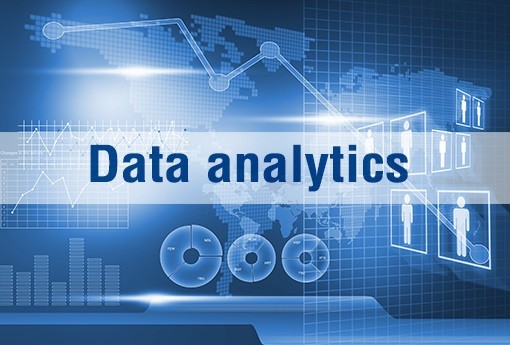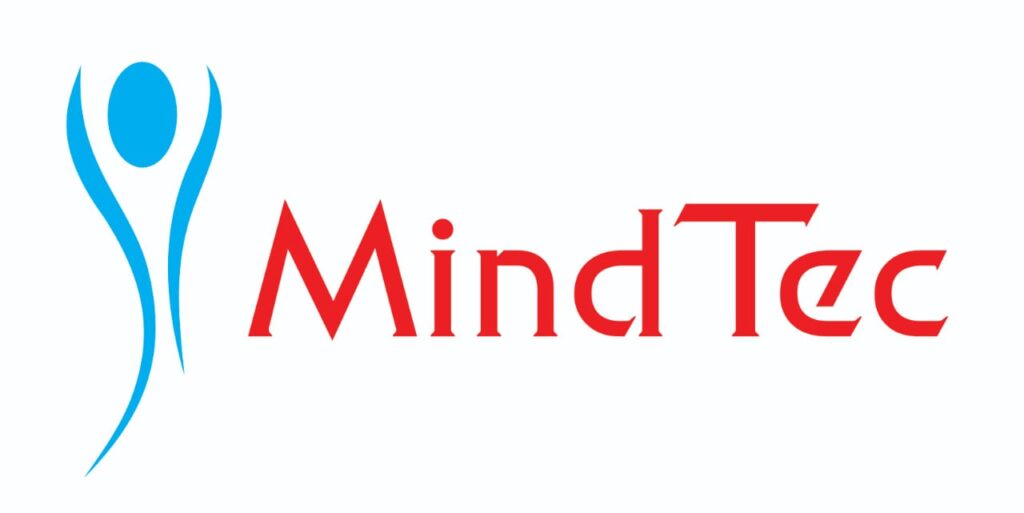
What Exactly is Data Analytics? Beyond Simple Reporting.
While reporting tells you what has happened (e.g., “Sales were up last quarter”), Data Analytics goes a step further. It aims to explain why it happened, predict what might happen next, and even prescribe what you should do about it.
Think of it as a methodical approach involving several stages:
Data Collection: Gathering data from various sources (sales figures, website traffic, customer surveys, social media).
Data Cleaning & Preparation: The often-tedious but critical step of removing errors, duplicates, and inconsistencies to ensure data quality.
Exploratory Data Analysis (EDA): Digging into the data using statistics and visualizations to identify initial patterns, anomalies, and relationships.
Modeling & Analysis: Applying statistical methods or even machine learning algorithms to uncover deeper insights, test hypotheses, and make predictions.
Interpretation & Communication: Translating complex findings into clear, actionable recommendations for stakeholders who may not be data experts.
In essence, Data Analytics is about transforming raw data into actionable intelligence.
Why Data Analytics is Indispensable in 2025
The demand for Data Analytics professionals and the application of analytics in every industry are skyrocketing. Here’s why:
Data-Driven Decision Making: Moves businesses away from guesswork and intuition towards decisions backed by concrete evidence, leading to better outcomes and reduced risks.
Improved Efficiency & Cost Savings: Identifying bottlenecks, optimizing processes, and forecasting demand helps businesses operate more leanly. For example, local logistics companies in Guntur can optimize delivery routes based on traffic and demand data.
Enhanced Customer Understanding: Analyzing customer behavior, preferences, and feedback allows businesses to tailor products, services, and marketing campaigns for maximum impact and customer satisfaction.
Competitive Advantage: Companies that effectively leverage data can identify market trends, anticipate changes, and innovate faster than their competitors.
Risk Management: Identifying potential frauds, predicting equipment failures, or understanding financial market volatility through data analysis.
Product Development: Using analytics to determine which features customers use most, guiding future product enhancements.
Key Types of Data Analytics
Data analytics isn’t a one-size-fits-all approach. It’s typically categorized into four main types, each serving a different purpose:
Descriptive Analytics: What happened?
Focuses on summarizing past data to describe what occurred.
Examples: Sales reports, website traffic summaries, monthly customer churn rates.
Tools: Basic dashboards, pivot tables.
Diagnostic Analytics: Why did it happen?
Delves deeper into the “why” behind an event by exploring root causes.
Examples: Analyzing why sales dropped in a specific region, identifying factors leading to customer complaints.
Tools: Drill-down reports, data mining techniques.
Predictive Analytics: What will happen?
Uses historical data, statistical models, and machine learning to forecast future outcomes.
Examples: Sales forecasting, predicting customer churn, identifying potential loan defaulters.
Tools: Regression models, time series analysis, machine learning algorithms.
Prescriptive Analytics: What should we do?
The most advanced type, recommending specific actions to achieve desired outcomes.
Examples: Optimizing pricing strategies, suggesting personalized product recommendations, optimizing supply chain logistics.
Tools: Optimization algorithms, simulation, complex AI models.
Essential Skills and Tools for Data Analytics
If you’re looking to enter or advance in this field, here are the core competencies and tools:
SQL (Structured Query Language): The backbone for extracting and manipulating data from databases.
Excel: Still indispensable for basic data manipulation, analysis, and visualization, especially for smaller datasets.
Programming Languages:
Python: Widely used with libraries like Pandas (for data manipulation), NumPy (for numerical operations), and Matplotlib/Seaborn (for visualization).
R: Popular for statistical analysis and advanced graphics.
Data Visualization Tools:
Tableau, Power BI, Looker Studio (Google Data Studio): For creating interactive dashboards and reports that communicate insights effectively.
Statistical Knowledge: Understanding probability, hypothesis testing, and statistical modeling.
Critical Thinking & Problem Solving: The ability to ask the right questions and interpret results accurately.
Communication & Storytelling: Crucial for translating complex analytical findings into clear, actionable recommendations for non-technical stakeholders.
Domain Knowledge: Understanding the specific industry or business area helps in contextualizing data and insights.
